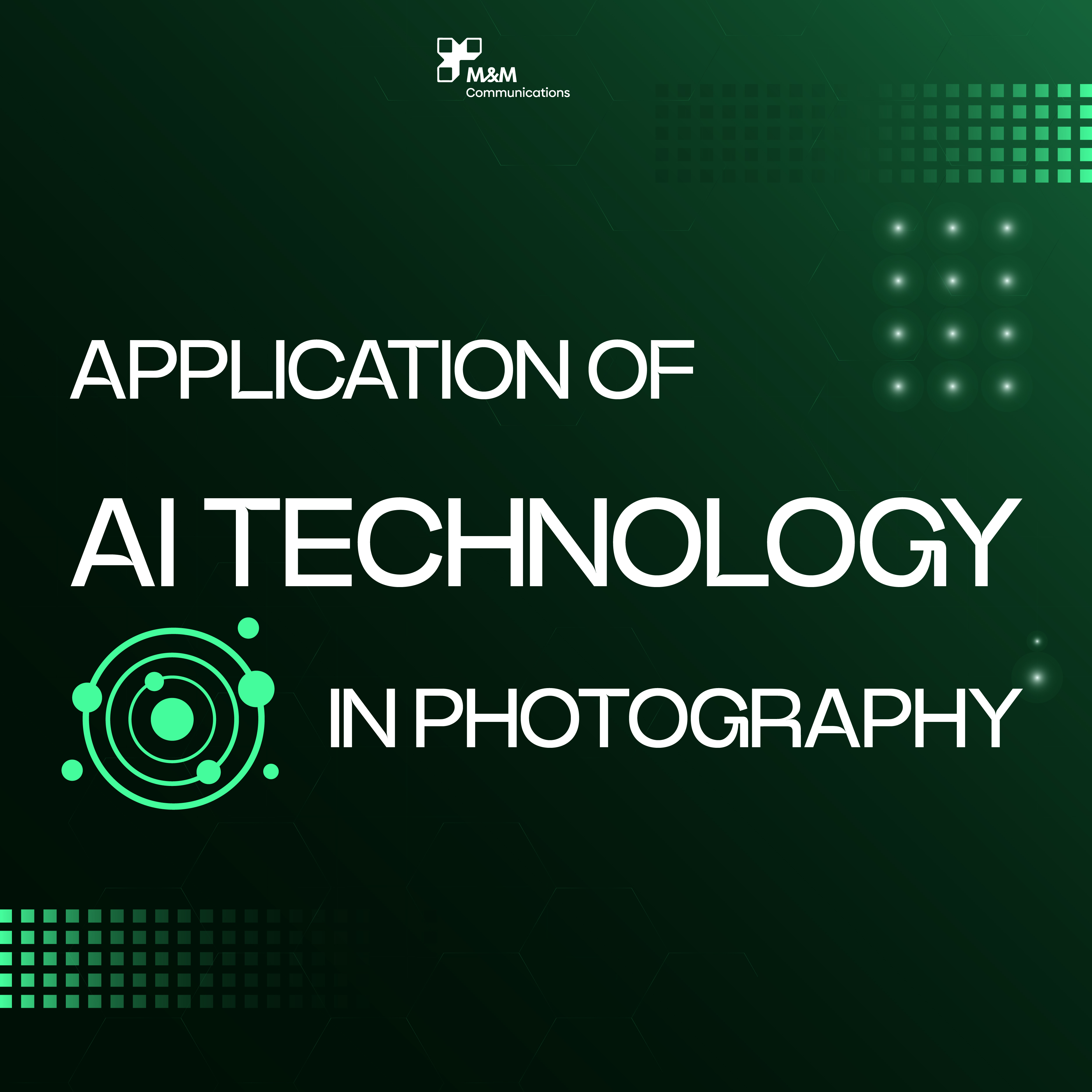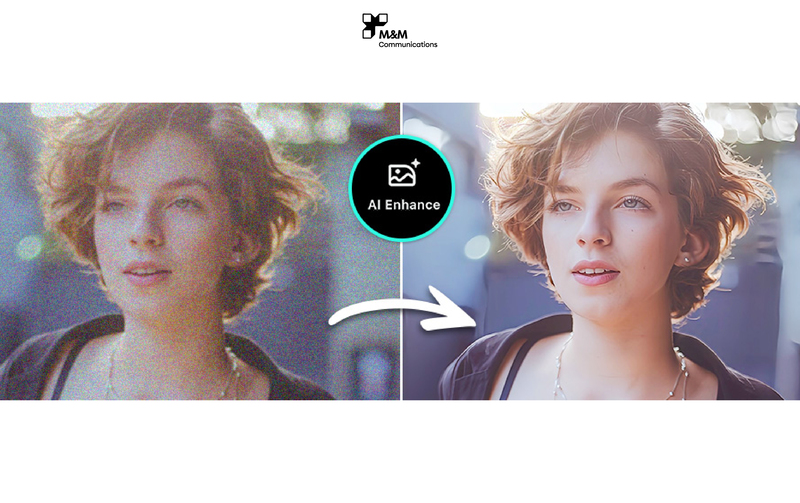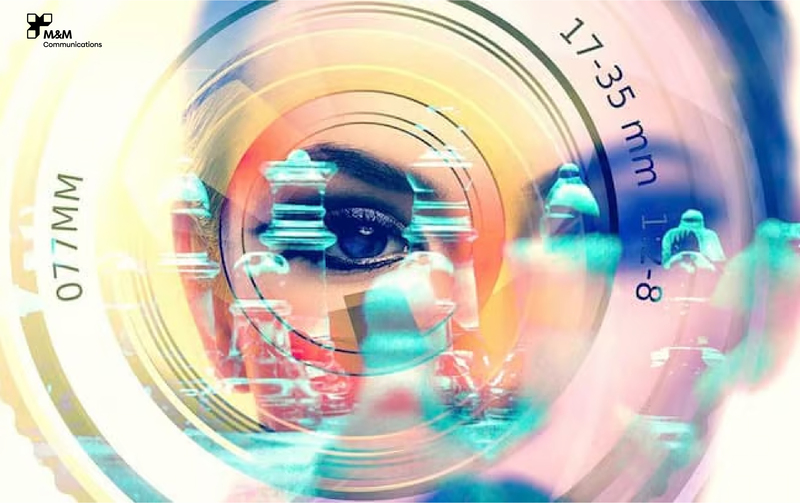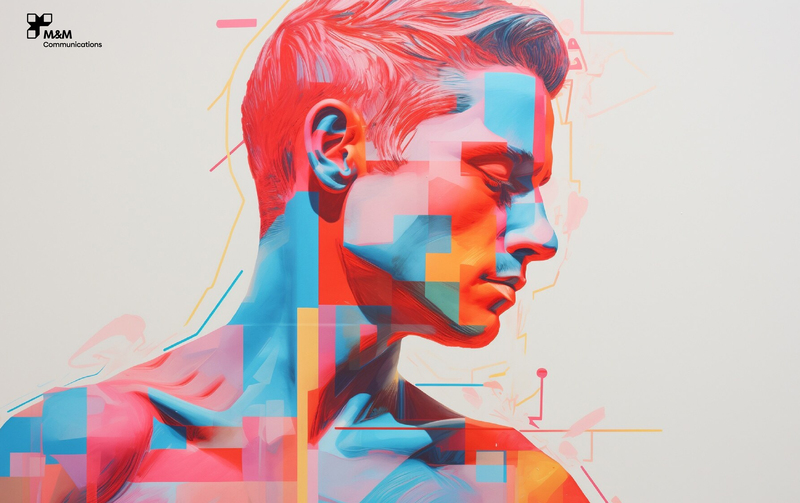
APPLICATION OF AI TECHNOLOGY IN PHOTOGRAPHY
Artificial Intelligence (AI) technology is becoming essential in various fields, and photography is no exception. Combining AI and photography has opened up new opportunities for creativity, optimizing workflow, and enhancing image quality. In this article, we will explore how AI is currently applied in photography, from automatic image editing to optimizing the photography process, and predict future development trends.
1. AI in Image Editing and Enhancement
One of the most common applications of AI in photography is automatic image editing and enhancement. With the help of AI, users can perform complex editing tasks quickly and easily.
a. Automatic Image Editing
Photo editing software like Adobe Photoshop and Lightroom have integrated AI technology to automatically recognize elements in images such as faces, skies, and trees, and then apply suitable editing effects. Users can save time by letting AI perform tasks like adjusting brightness, and colors, or removing unwanted objects.
>>> Top 5 professional photo editing software that you should know
b. Enhancing Image Resolution
AI is also used to enhance the resolution of images without losing quality. Technologies like Deep Learning help recreate details in images when enlarging, which traditional methods struggle to do well. This is especially useful in restoring old photos or optimizing images for printing or advertising purposes.
c. Natural Color Recreation
Some AI applications can automatically recreate natural colors for black-and-white or faded photos. This technology not only brings life to old images but also supports photographers in color correction for modern photos, ensuring accuracy and vibrancy.
2. AI in Automating the Photography Process

AI doesn’t just stop at image editing; it also plays a significant role in the photography process itself. Many cameras and smartphones today are equipped with AI to help users take optimal photos.
a. Scene Recognition and Automatic Setting Adjustment
Cameras and smartphones use AI to recognize scenes such as portraits, landscapes, night shots, or food. Once recognized, AI automatically adjusts settings like resolution, brightness, white balance, and contrast to ensure the highest image quality. This helps users capture beautiful photos without needing to adjust too much manually.
b. Portrait Photography and Background Blur (Bokeh)
AI also plays an important role in creating the bokeh effect – blurring the background to highlight the subject in portrait photos. Devices like iPhones and Google Pixels use AI to analyze and recognize the subject, then apply the blur effect more naturally and accurately.
c. Auto Tracking and Focus
Modern camera AI technology allows for automatic tracking of moving subjects and precise focus. This is especially useful when photographing sports or wildlife, where subjects move continuously and unpredictably.
3. AI and Artistic Creativity

AI not only supports editing and photography but also serves as a creative tool in photographic art. AI algorithms can generate new images based on existing data, helping photographers and artists expand their creative possibilities.
a. Creating Images from Text Descriptions
One fascinating application of AI is the ability to create images from text descriptions. For example, tools like DALL-E and MidJourney use AI to transform text descriptions into realistic and unique images. This allows photographers to experiment with new ideas without needing to capture the images directly, opening up endless creative potential.
b. Style Transfer
AI can transfer the style of an image based on famous artworks or other photos. This technology helps photographers and artists create unique artworks by blending the styles of renowned painters like Van Gogh or Picasso with modern photographs.
c. Generating Entirely New Images
AI can create entirely new images without relying on existing data. This opens up a new creative space for photographers, where they can produce images that don’t exist in reality but still look realistic and artistic.
4. The Future of AI in Photography
In the future, AI will continue to develop and have a deep impact on photography. Below are some predicted trends in the application of AI to photography:
a. Personalized Photography Experience
AI will help create more personalized photography experiences, where devices can learn from users’ habits and preferences to suggest the most suitable settings.
b. Automatically Creating Albums and Photo Stories
AI has the ability to automatically categorize, organize, and create photo albums based on the content and events in the images. Furthermore, AI can automatically arrange and create photo stories, making it easier for users to share and preserve memories.
c. Smart Image Editing
In the future, smart image editing tools will become even more sophisticated, allowing AI to automatically edit complex elements like lighting, shadows, and colors more accurately and naturally than ever before.
Conclusion
AI technology is gradually changing the way we approach and create in photography. From automating the editing and photography processes to opening up new creative opportunities, AI is helping to improve the quality and efficiency of photographers' work. In the future, the combination of photography and AI will continue to grow stronger, bringing new tools and experiences to users on their creative journey.
>>> Professional product photography with M&M Communications
